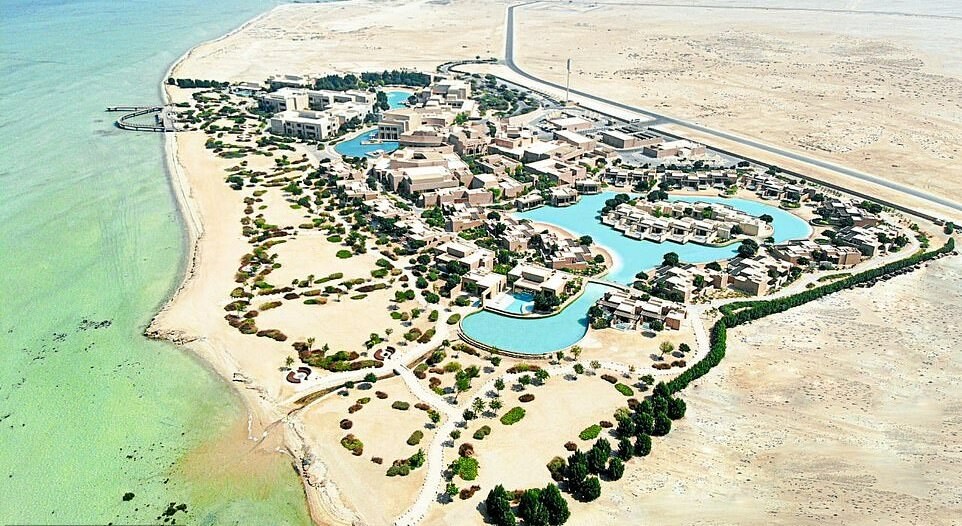Team Base Camps: 15 Fascinating Facts About Where World Cup Teams Stay and Train
Behind the Scenes of the Beautiful Game
While fans focus on match days, much of a team’s preparation happens far from the spotlight. World Cup team base camps are strategic hubs for rest, training, and unity. Here are 15 fascinating facts that pull back the curtain on where the world’s best teams stay and prep during the biggest tournament in soccer.
1. Base Camps Are Chosen Years in Advance
FIFA and host countries coordinate early, often years ahead, to allow national federations to inspect and select their ideal base camp facilities well before kickoff.
2. Each Team Has Exclusive Use
Every qualified team is granted exclusive access to its training site and accommodation during the tournament, ensuring privacy, security, and tailored logistics.
3. Germany’s Brazil Resort (2014) Set the Gold Standard
Germany built their own complex, Campo Bahia, in Brazil 2014. With beach views and custom facilities, it became the model of how a base camp can fuel success—they went on to win the tournament.
4. Climate and Altitude Are Key Factors
Teams consider weather and elevation when picking camps. In South Africa 2010, several teams chose high-altitude locations to adapt faster and perform better.
5. Cultural Familiarity Is Important
France chose a camp near Doha in 2022 that offered halal food and French-speaking staff, making adaptation easier and reducing stress for players and staff alike.
6. Camp Locations Can Create Headlines
England’s 2006 camp in Baden-Baden, Germany drew criticism for being too accessible to fans and WAGs (wives and girlfriends), which some blamed for their early exit.
7. Security Is Extremely Tight
Base camps are heavily guarded. In South Africa 2010, some teams had 24/7 surveillance and military-grade security protocols due to safety concerns.
8. Qatar 2022 Had the Most Compact Base Camp Layout Ever

With all stadiums and training centers within 35 miles of Doha, Qatar 2022 allowed every team to stay at one base for the entire tournament—a World Cup first.
9. Some Teams Opt for Seclusion
Argentina often chooses quiet, countryside locations to foster team unity. In 2022, their base near Doha was known for being low-profile but highly effective.
10. Japan’s Base Included Meditation Rooms
Known for discipline and mindfulness, Japan included Zen gardens and meditation spaces at their training site in 2018 to keep players mentally balanced.
11. Brazil Always Brings Home Comforts
Brazilian teams often bring their own chefs, ingredients, and even furniture to base camps. This helps maintain a familiar atmosphere and morale.
12. Ice Baths and Sleep Pods Are the New Norm
Modern base camps are high-tech: players recover in cryo chambers, use sleep pods for rest, and monitor vitals via smart wearables.
13. Base Camps Can Influence Outcomes
Comfort and focus can directly affect performance. Analysts often cite a well-chosen base camp as a hidden factor in tournament success.
14. FIFA Publishes Base Camp Lists
FIFA typically publishes an official base camp guide before each tournament, offering fans a glimpse into team logistics and geography. There are rumors about 2026 World Cup base camps list.
15. Some Fans Visit Base Camps as Pilgrimages
In open regions, fans flock to nearby base camps just to catch a glimpse of their heroes or snag a selfie during open training sessions.
Conclusion: More Than Just a Hotel
World Cup team base camps are ecosystems of preparation, bonding, and strategy. These behind-the-scenes hubs play a crucial role in shaping the outcomes we see on the pitch. The road to glory doesn’t start in the stadium—it begins in camp.


